| A financial data screen in the dealing room of Hana Bank in Seoul shows the Kospi gaining 0.50 percent during morning trading Thursday. (Yonhap) |
With the US Federal Reserve cutting rates for the first time in nine months, the Bank of Korea now has more room to ease in October as the policy gap shrinks and currency risks recede.
The Fed on Wednesday lowered its benchmark rate by 25 basis points to a range of 4 to 4.25 percent, down from 4.25 to 4.5 percent, in a move that Chair Jerome Powell described as a “precautionary step” against mounting downside risks in the labor market.
The decision reduced the US-Korea policy rate gap to 1.75 percentage points from a peak of 2 percentage points in May. The gap was the widest since the Asian financial crisis.
For the BOK, which has long cited capital outflow and currency volatility as reasons to hold steady, the Fed’s shift gave greater policy space. The Korean central bank's key rate has maintained 2.5 percent since May, even as growth has slowed to near-stagnation.
Minutes from its August meeting showed several policymakers had stressed the need to avoid destabilizing the won, which has weakened more than 6 percent against the dollar since January.
“If US rate cuts help calm volatility in the foreign exchange market, we will have more space to focus on domestic conditions,” BOK Deputy Gov. Park Jong-woo said at a recent briefing.
Economists see the odds of a reduction at the October meeting rising, pointing to persistent weakness in demand and forecasts for gross domestic product growth to remain below 1 percent this year.
Cho Yong-gu, an economist at Shinyoung Securities, said the BOK is likely to cut rates once in the fourth quarter, with October the more probable timing.
“Still, the central bank remains worried about the property market, and since lower rates could fuel further housing gains, a move could be pushed back to November,” he said.
Risks tied to housing and household debt remain a brake. Seoul apartment prices climbed another 0.48 percent in August, extending a three-month rally, while household lending rose 4.1 trillion won ($2.96 billion) from July, reversing a June slowdown.
Monetary Policy Board member Lee Soo-hyung cautioned that “expectations for further housing gains remain strong” and stressed that policymakers must weigh financial stability risks before cutting rates further.
Markets welcomed the Fed’s move, with the Kospi setting another all-time high Thursday, closing up 1.40 percent at 3,461.30 points.
Gains were led by large-cap semiconductor stocks, as investors bet that lower global rates would bolster corporate earnings.
Trading data showed individual investors offloaded a net 7.8 trillion won in shares, while foreign and institutional investors were net buyers of 2.8 trillion won and 4.3 trillion won, respectively.
The rally followed an 11-day winning streak that briefly paused Wednesday, underscoring renewed momentum for Korean shares.
Strategists said the Fed’s pivot could help sustain the Kospi’s climb, though valuations are starting to look stretched.
Lee Kyung-min, strategist at Daishin Securities, said the US' September rate cut marks a turning point that restarts the global easing cycle.
“With Trump pushing hard on stimulus, the US is also entering a policy-mix phase,” he said.
“Synchronized global easing will strengthen liquidity and growth expectations, which should be a key driver of the Kospi’s bull run at least through the first half of 2026.”
Lee cautioned that risks would build if the index extends further.
“At higher levels, it’s time to manage short-term risks by trimming exposure to overheated sectors,” he said.




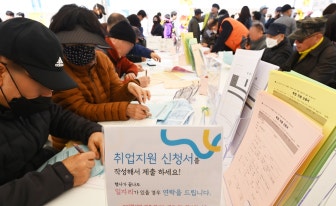

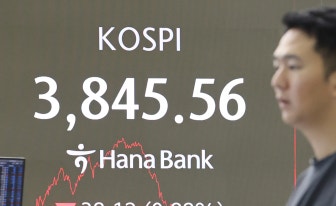



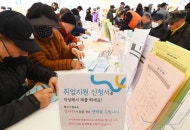

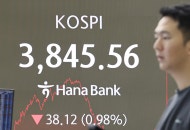

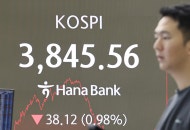


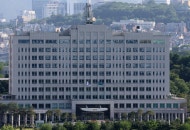

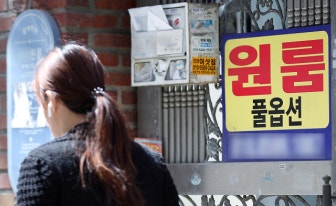











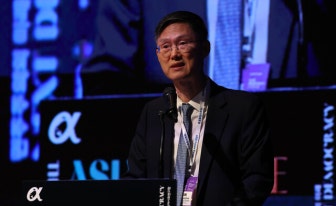








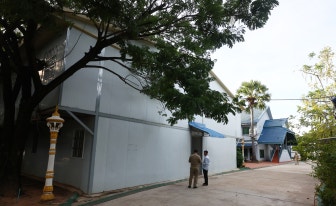














.png?type=nf190_130)
